"Vintage" Means "Expensive as Hell" and Other Things You Learn from Shopping at Flea Markets
In this exclusive excerpt from Brokenomics: 50 Ways to Live The Dream on a Dime, out now, Dina Gachman finds more than she bargained for.
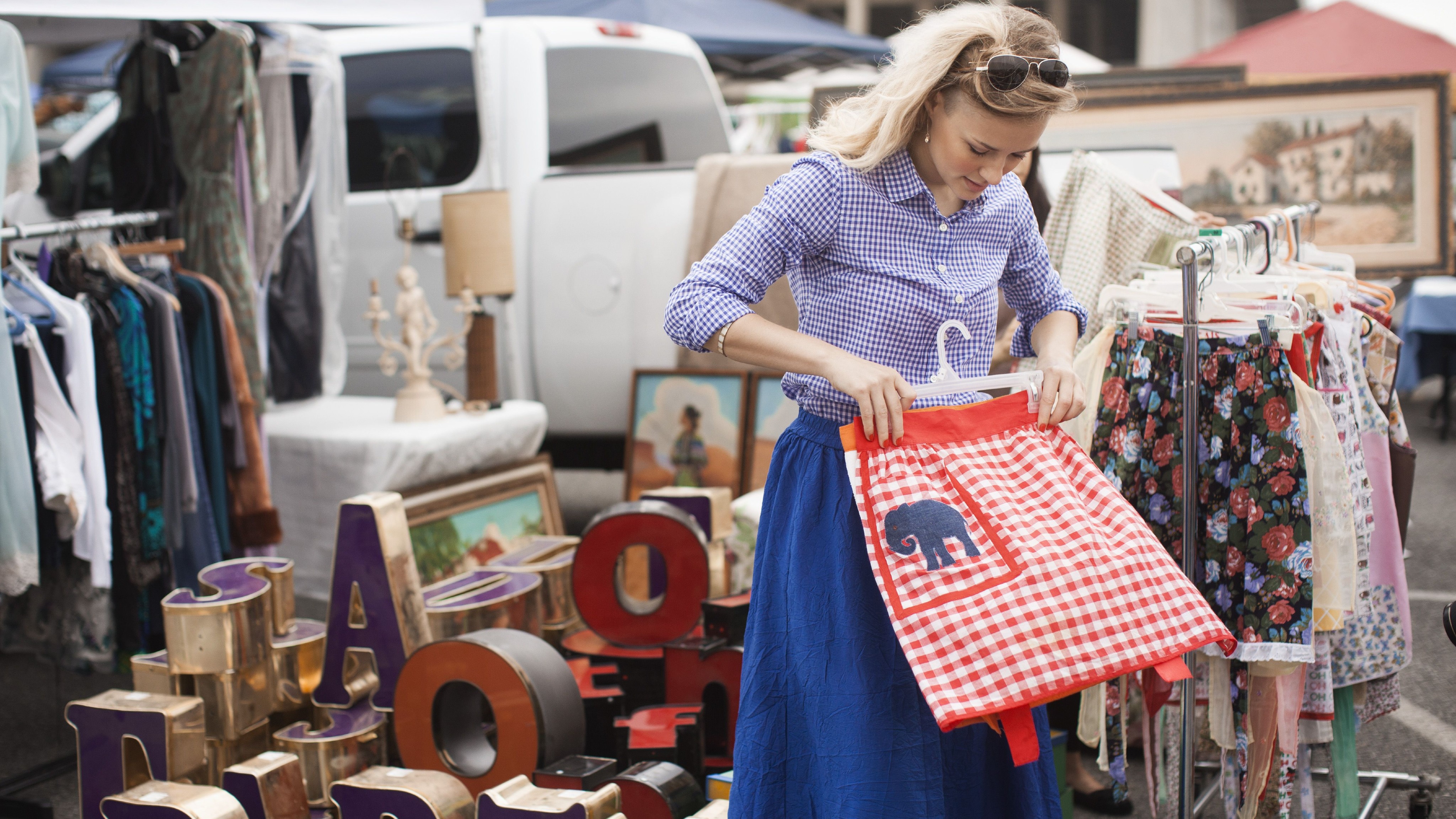

There are two kinds of people in this world: those who go antiquing, and those who root around at flea markets and dig through stacks of old creepy dolls, rusty keys, and used saddle shoes in hopes of finding a tin sign from the 1940s advertising motor oil or Morton Salt. But wait! There's a third kind of person. The kind who wouldn't be caught dead buying anything that wasn't brand-new. These people think flea markets are actually full of fleas. Damn: there's a fourth kind of person. The egalitarian, open-minded type who goes antiquing and goes rooting through flea markets for gems. Basically, the world is a wondrous melting pot full of many kinds of people with differing, unique, and totally valid feelings about flea markets. Amen.
My earliest feelings about flea markets were fiercely negative, and it wasn't because I was afraid of getting eaten alive by disgusting, blood-sucking parasites. It was because of my mom. Her passion (besides her grandchildren, who she is obsessed with) is interior design. She started dragging me to flea markets when I was in junior high school, and, as you probably know, doing anything with your parents at that time in life is akin to being locked inside a heinous torture chamber of shame, humiliation, and agony. I guess I had nothing else to do, so on weekends we'd drive around Houston hitting up her favorite spots. "Why do we have to do this?!" I'd whine as she drove out to Old Katy Road, home to a giant warehouse full of fading photographs, decaying military medals, and busted-up typewriters. "This is so boring, and everything is so old, just like you!" I was never actually that mean to my mom, but I did come pretty close on a few exceptionally hormonal occasions.
"Honey, you can find some really neat things here, and there are all those old books." I did like the old books; she had me there. Since I knew I was her prisoner for the next few hours, I'd eventually give in and root around in the piles of old jewelry and quilts and antique lace dresses that were so delicate and fragile they looked like they'd turn to dust if you handled them too rough. I don't know what would compel someone to tussle with a pretty, wilting Edwardian gown, but it takes all kinds, as they say. Plus, some of the people you see wandering around flea markets do look a little unhinged, so it's not totally ludicrous to imagine one of them sucker punching an old Victorian slip.
MY EARLIEST FEELINGS ABOUT FLEA MARKETS WERE FIERCELY NEGATIVE.
One weekend, out of the blue, my mom turned philosophical as we were strolling through the flea market food court, which smelled like stale popcorn, mothballs, varnish, and BBQ, and which was filled with a lot of people in the three-hundred- to four-hundred-pound range contemplating their leftover pork ribs and jumbo-sized Dr. Peppers. "You know what I like to do sometimes?" she asked cryptically. The woman has a knack for luring you into every thought that passes through her mind by making it sound like she's about to recite Martin Luther King's "I Have a Dream" speech. "What?" I said as bitchily as I possibly could. I pretended I could not have been less interested.
"I like to think about who owned all these things before, what their lives were like, who they loved, what the stories are behind everything."
What the hell? Damn our parents for sometimes saying deep and meaningful things and not always being the clueless, out-of-touch ogres we need them to be so we can act like little assholes and discover our own identities and mature into the unique snowflakes we aspire to become. "Yeah," was all I said as we left the food court. We entered the area where all the rusty tin advertising signs were displayed. Suddenly those Squadron Leader tobacco ads didn't seem so boring or lame. I didn't tell my mom that until years later, of course.
All those tin signs and afternoons on Old Katy Road taught me that scouring flea markets is an economical, fun way to decorate your place with things that no one else will have. It's the opposite of IKEA and Pottery Barn. Those places have some great, practical stuff, but it's nice to mix it up. You need to approach a flea market with an open mind and an endless well of patience. It's not a Quickie Mart. But it is a great place to try out your haggling skills. It's perfectly acceptable to get a few bucks knocked off that beat-up metal mailbox you're planning to plant flowers in, or those vintage tennis rackets you're dying to hang on the entry hall wall. Haggling is part of the fun. Used to be, words like "vintage" meant "old and reasonably priced," but unfortunately, today vintage usually means "precious and rare and expensive as hell." When decorating your home, watch out for red flags like "shabby chic" or "reclaimed." They sound down-home, but they're dangerous.
Stay In The Know
Get exclusive access to fashion and beauty trends, hot-off-the-press celebrity news, and more.
Unless commissioning someone to design a customized interior for your private jet is in the cards, you should also be cautious when taking your cues from a magazine like Architectural Digest. I love reading it, but it's sometimes just as hilarious as The Onion. It can be your inspiration, but don't start feeling like you need Louis XVI–style gilt-wood fauteuils* or Fabergé frames. If those things are in your budget, knock yourself out, but flea market chic is more about looking for affordable, unique gems than it is about decorating your house like Mary Astor or Mark Zuckerberg.
YOU NEED TO APPROACH A FLEA MARKET WITH AN OPEN MIND AND AN ENDLESS AMOUNT OF PATIENCE.
My mom, the Obi-Wan of flea markets, has found everything from a piece of Baccarat crystal to a stuffed snake with a stuffed rat halfway in its mouth. She bought the crystal, not the snake. Over the years I've picked up a tattered and beautiful copy of A Child's Garden of Verses by Robert Louis Stevenson, a 1950s periwinkle blue chiffon party dress, and a vintage Japanese vase with purple irises painted on it—plus paintings, decorative plates, old-timey suitcases (which, when stacked, can double as a table), and, last but not least, a ton of coral and turquoise jewelry when I was going through my "Native American phase" in tenth grade. I'm not proud that I wore moccasins, peg-legged jeans, and layers of turquoise jewelry to school. I guess I just felt connected to the Comanche and Apache tribes we were learning about in history class. But the phase happened, there's nothing I can do about it, and I only have myself to blame. The jewelry was pretty great, though, and I have the flea market to thank for that.
And so, moccasins aside, the moral of the story is: be patient when combing through flea markets, because for every fifteen stuffed snakes you see, you might find one piece of Baccarat crystal; don't feel pressured to spend a fortune and decorate your place with "one-of-a-kind" chandeliers; and accept the fact that sometimes, while walking through a shabby (not chic) food court, your parents just might have something enlightening to say.
*fau·teuil [FOE-till]: a fancy upholstered armchair. Maybe you already knew what it was. I had to Google it.
Excerpted from Brokenomics: 50 Ways to Live the Dream on a Dime (April 2015) by Dina Gachman, with permission from Seal Press, a member of the Perseus Books Group. © 2015
You should also check out:
Fur Lovers Who Don't Want To Buy New, Rejoice!
Dina Gachman is an Austin-based freelance writer and ghostwriter, and the author of Brokenomics; she's on Twitter
-
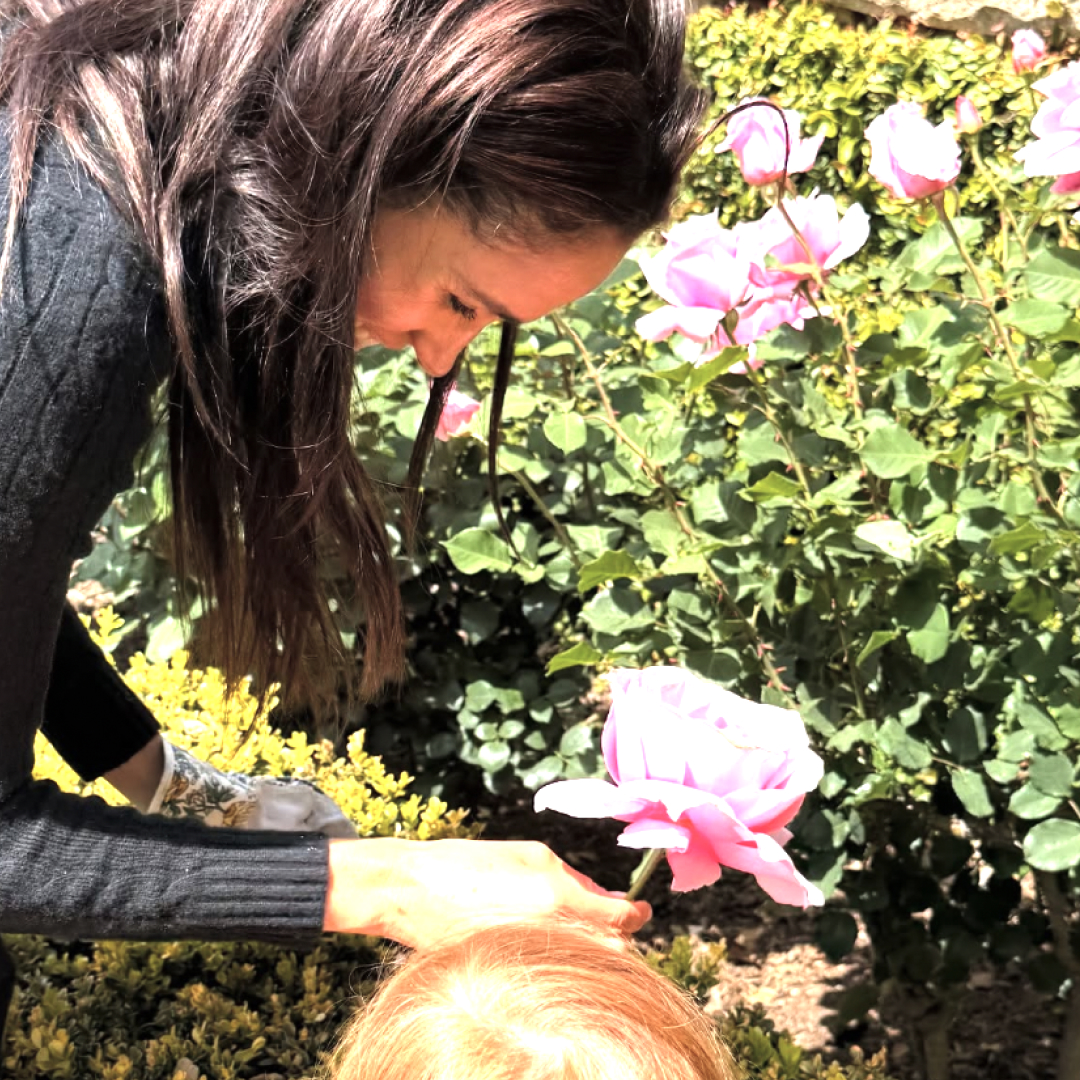 Meghan Shares Photos of Archie and Lilibet's Vibrant Red Hair
Meghan Shares Photos of Archie and Lilibet's Vibrant Red HairThe little royals most definitely take after dad Prince Harry.
By Amy Mackelden
-
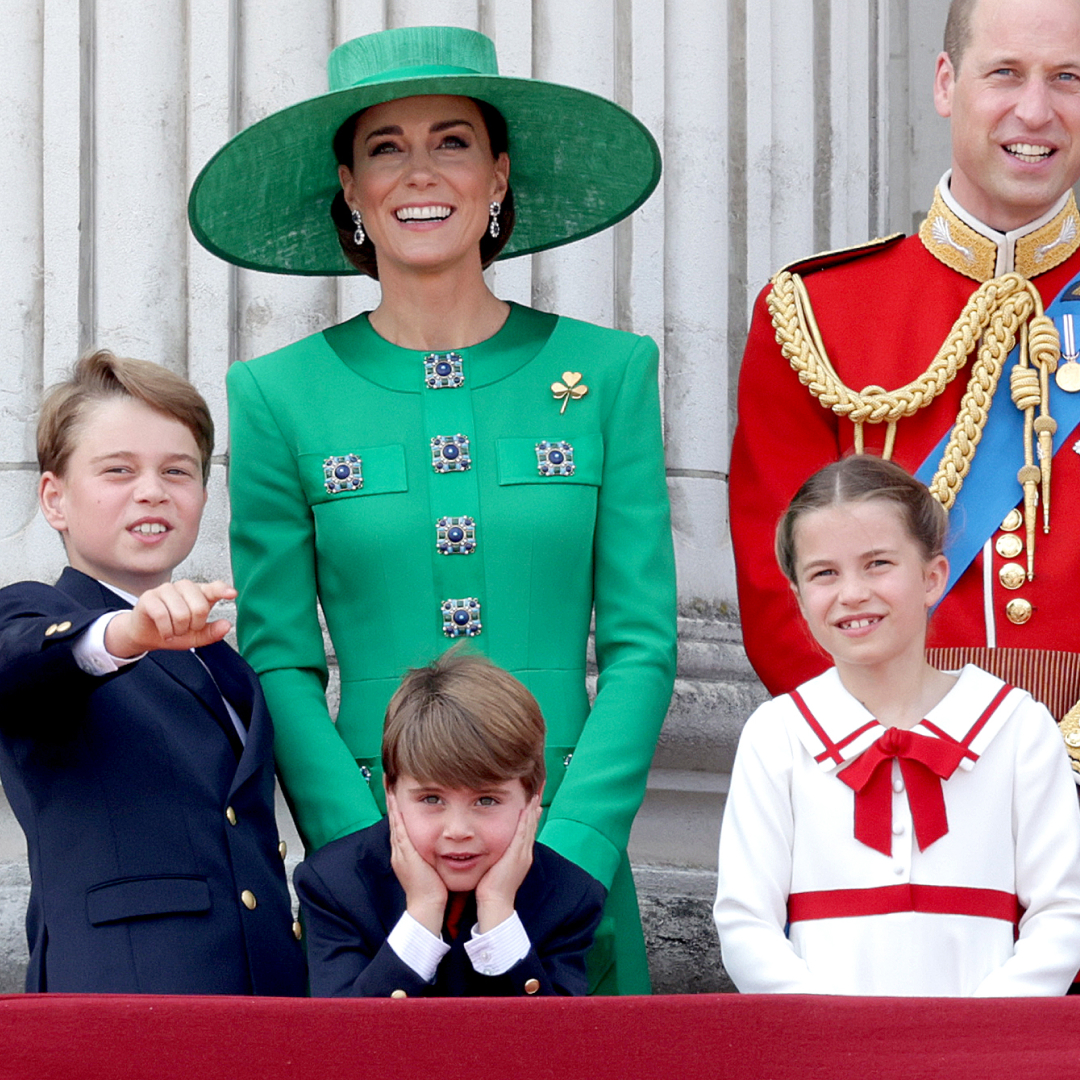 Former Royal Nanny Opens Up About George, Charlotte, and Louis
Former Royal Nanny Opens Up About George, Charlotte, and Louis"You see how grounded they really are."
By Amy Mackelden
-
 Travis Kelce Emerges in Las Vegas Without Taylor Swift
Travis Kelce Emerges in Las Vegas Without Taylor SwiftThe "Blank Space" singer was nowhere to be seen.
By Amy Mackelden
-
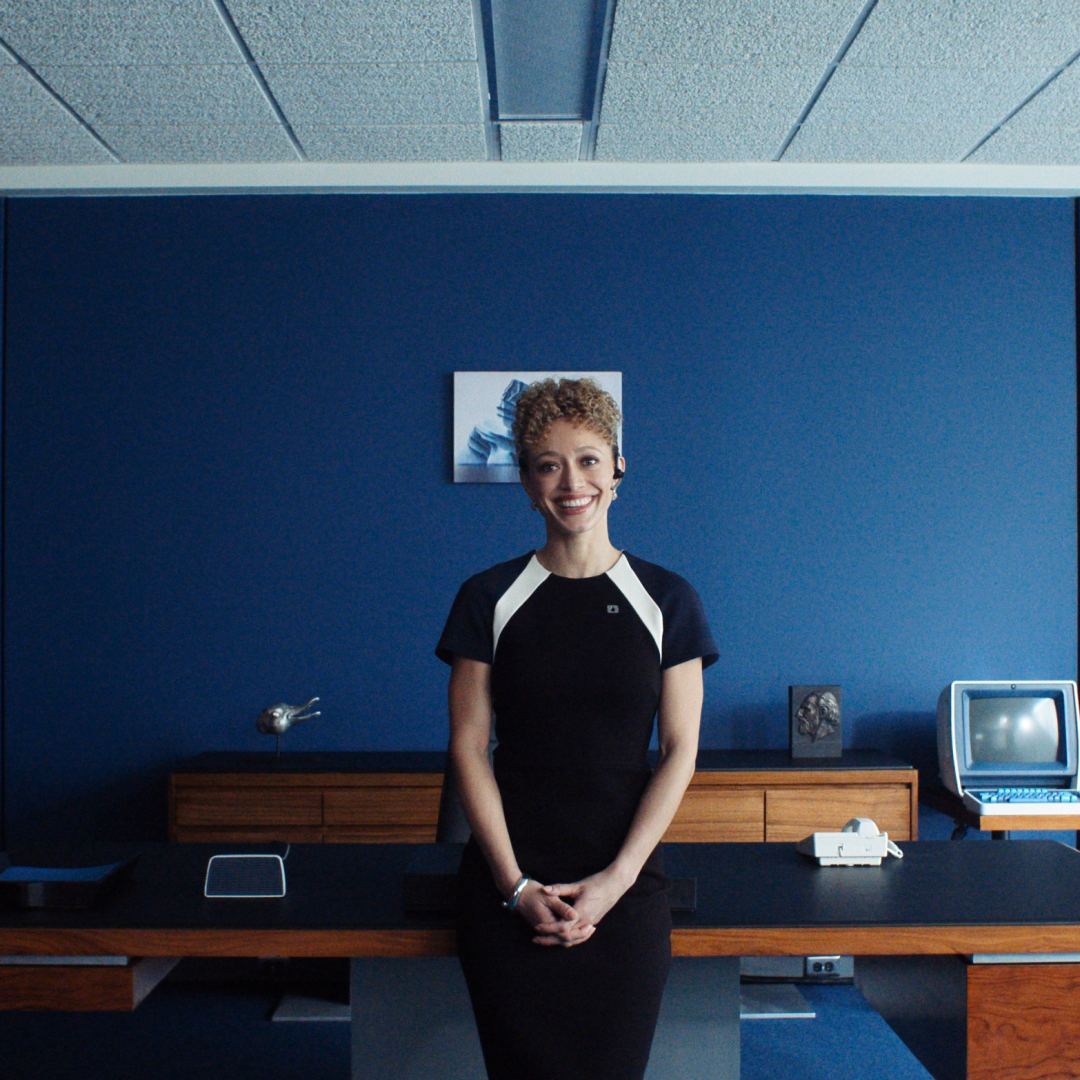 'Severance' Is a Vintage Furniture Collector’s Fever Dream
'Severance' Is a Vintage Furniture Collector’s Fever DreamProduction designer Jeremy Hindle explains how he sourced rare pieces from all over the world to fill the offices of Lumon.
By Viv Chen
-
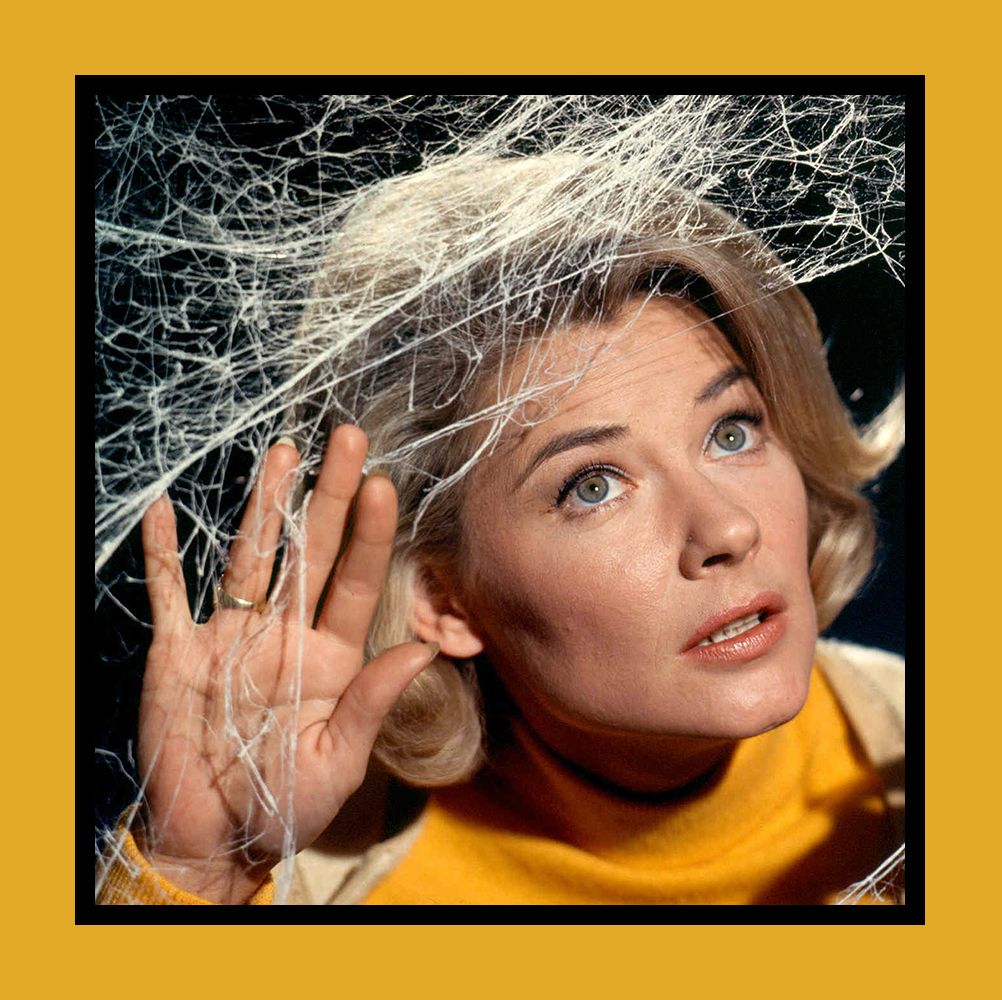 The Host of 'Murder House Flipped' Helped Me Exorcise My Apartment of Its Bad Vibes
The Host of 'Murder House Flipped' Helped Me Exorcise My Apartment of Its Bad VibesFrom the spirits lingering in my vintage jewelry to the breakups haunting my bed.
By Faran Krentcil